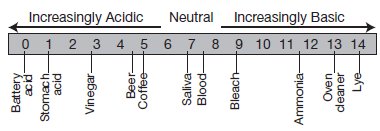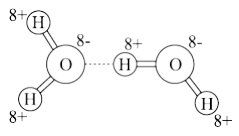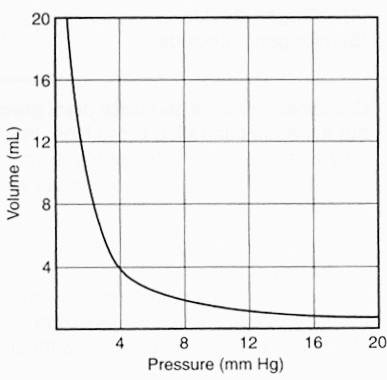A transverse wave is one in which the oscillating (cyclical) motion of particles is perpendicular to the direction of the wave’s motion. A longitudinal wave is one in which oscillation occurs along the same axis, or in the same direction, as the wave’s motion. Which of the following creates transverse waves?
Explanation
Each shake of a blanket creates a wave of energy emanating from where you are gripping the blanket. The wave travels outward, toward the far end of the blanket, while the oscillation is up and down—perpendicular to the outward direction of the wave.
Visit our website for other GED topics now!
Related questions







